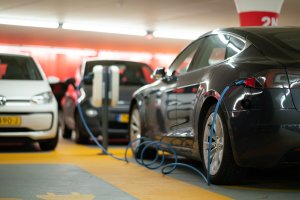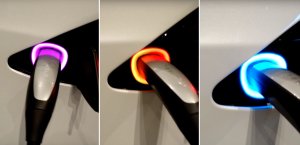Tesla Reveals How It Tests FSD - A Series of Videos

Tesla has published a 16-post series covering a wide range of unique scenarios against which the company tests each FSD release. Tesla’s VP of AI, Ashok Elluswamy, also provided some additional context, which we’ll cover below.
These scenarios could be difficult for a regular driver to respond to and are a good demonstration of FSD’s capabilities. Let’s take a look at all the different scenarios that Tesla regularly tests against. According to Ashok, these tests are only one of 10 ways Tesla validates their software. These tests were done against FSD v12.5.6.3, the HW4 build that’s on approximately 20% of the fleet.
We’ve embedded each video below and also provided some additional information.
1. Reverse Cut-in (Occluded)
Every FSD release is rigorously tested, including rare and adversarial scenarios on closed courses — Here's 16 examples:
— Tesla AI (@Tesla_AI) November 24, 2024
1. Reverse Cut-in (Occluded) pic.twitter.com/VWBKDgVuUc
This first test is for a car reversing out of a parking space, while occluded (vision blocked) by another car or obstacle. In the test, the Model Y notices the incoming car and then brakes with space left over.
2. Peeking (Occluded)
2. Peeking (Occluded) pic.twitter.com/DO3RBhahdy
— Tesla AI (@Tesla_AI) November 24, 2024
In this video, it's hard to even spot the car on the right that’s “peeking” forward—it's occluded by bushes on the side of the road. FSD notices and stops in time to let the other vehicle safely pass.
3. Left Turn Cut-in
3. Left Turn Cut-In pic.twitter.com/ie7VQ9Smtj
— Tesla AI (@Tesla_AI) November 24, 2024
An incoming vehicle that takes a left turn to enter the same lane of travel as FSD - spotted, stopped, and then continuing smoothly. In the second shot, you can see FSD left a considerable amount of space to let the vehicle cut in.
4. Parallel Cut-in (Occluded)
4. Parallel Cut-In (Occluded) pic.twitter.com/RbstvLU7Vo
— Tesla AI (@Tesla_AI) November 24, 2024
This is honestly one of the most common scenarios on a highway - someone cuts in while obscured into your lane of travel. Once again, FSD does its thing with plenty of space to spare.
5. Yield for Oncoming During Overtake
5. Yield for Oncoming During Overtake pic.twitter.com/hXWLCIEHu2
— Tesla AI (@Tesla_AI) November 24, 2024
FSD’s path planner plans an overtake around a stationary vehicle here, sees the oncoming traffic, and politely waits its turn to continue. This is another everyday scenario, especially on urban and suburban streets.
6. Stop Sign Right-of-Way Violator
6. Stop Sign Right-of-Way Violator pic.twitter.com/OHfvzP9t6A
— Tesla AI (@Tesla_AI) November 24, 2024
There are a surprising number of people who don’t know how stop signs work. However, FSD does know how they work and also knows what to do if others act unpredictably. This is one of the best demonstrations of FSD’s capability to react quickly and effectively to unpredictable behavior on the roads.
7. Door Opening During Overtake
7. Door Opening During Overtake pic.twitter.com/ZMDd3BWXI7
— Tesla AI (@Tesla_AI) November 24, 2024
Another overtake scenario, but this time the vehicle being overtaken throws open its door into traffic. Not necessarily the wisest of moves, but humans are unpredictable. Good to see Tesla working to save its vehicles from both hitting the door or having the door hit with its new Blind Spot Monitoring While Parked feature.
8. Right Turn Harsh Braking
8. Right Turn Harsh Braking pic.twitter.com/s4PldABmhK
— Tesla AI (@Tesla_AI) November 24, 2024
This scenario is another common one - someone is taking a right turn, and you expect them to complete the turn, but instead, they slam on the brakes. Here, you can see the vehicle’s Forward Collision Warning goes off due to the sudden reduction of distance between the Tesla and the vehicle in front of it. FSD still manages to brake in time before Automatic Emergency Braking kicks in.
9. Left Turn Across Path
9. Left Turn Across Path pic.twitter.com/MYKj4Z352f
— Tesla AI (@Tesla_AI) November 24, 2024
This one is pretty clean-cut - someone takes a left turn even though you’re on your way through the intersection. This particular accident is one of the most common - 53% of cross-path accidents involve a left turn through an intersection where a side impact will be lethal. FSD can make a big difference - over 8,000 people die in North America alone in this particular scenario.
10. Cut-Out to Static Cone
10. Cut-Out to Static Cone pic.twitter.com/l4OYzLK6XB
— Tesla AI (@Tesla_AI) November 24, 2024
Here, FSD smoothly reacts to an object on the road as the vehicle ahead dodges it. We’d love to see this scenario done with different types of objects or debris, as this is another common item - especially with roadkill on country roads. A good demo of FSD’s collision avoidance maneuvers too!
11. Dynamic Debris (Dropped Cone)
11. Dynamic Debris (Dropped Cone) pic.twitter.com/BMOKmrx9Ds
— Tesla AI (@Tesla_AI) November 24, 2024
Taking it one step further, FSD successfully notices, slows down, stops itself from hitting the bouncing cone, and then makes it around safely. If you’ve ever seen someone strap something down in the bed of a pickup and forget to say “This ain’t going anywhere” - this is that exact scenario.
12. U-Turn Cut-in (Occluded)
12. U-Turn Cut-In (Occluded) pic.twitter.com/gp7H720mJd
— Tesla AI (@Tesla_AI) November 24, 2024
Another high-speed occluded cut-in, this time for a vehicle making a U-Turn from an oddly shaped intersection. FSD started braking the moment the first couple pixels of the Model Y were beyond the bush occluding vision. With a human’s reaction time, this would have resulted in a T-bone.
Ashok Elluswamy mentioned that this is possible because of low latency and high intelligence - combined together, it enables FSD to make a threat assessment and decide what to do, very quickly. It also considers the potential of a rear-end collision - and there is collision avoidance baked into that decision-making.
13. High-Speed Cut-out to Stationary Vehicle
13. High Speed Cut-Out to Stationary Vehicle pic.twitter.com/qC8JQU4WH1
— Tesla AI (@Tesla_AI) November 24, 2024
Similar to the cone cut-out, this one happens at 73mph (117km/h)! FSD sees the car dodging, notices there’s an obstacle, and moves out of the way without dropping speed.
14. High-Speed Harsh Braking
14. High Speed Harsh Braking pic.twitter.com/YD76gh5b2m
— Tesla AI (@Tesla_AI) November 24, 2024
Another common scenario - in fact, the number one reason why pileups occur on highways is the harsh, sudden braking of vehicles in front. FSD once again notices and comes to a safe stop here.
15. High-Speed Stationary Child
15. High Speed Stationary Child pic.twitter.com/sh8xoMo8eF
— Tesla AI (@Tesla_AI) November 24, 2024
Tesla has been previously greatly criticized for its ability to come to a safe stop for children playing on the road. Here, Tesla is demonstrating its capability of doing so - once again with highway speeds of 73mph.
16. High-Speed Crossing Child
16. High Speed Crossing Child pic.twitter.com/t6bxJpZOZn
— Tesla AI (@Tesla_AI) November 24, 2024
And to really make the point - it can do it with a crossing child too. Tesla has made a strong commitment to safety for vulnerable road users, and this is a good way to show how it works.
That’s a lot of unique scenarios that Tesla tests against - and each and every build has to be vetted against this huge list of different safety tests in order to ensure that the build that ends up in customer hands is as safe as possible. With FSD v13 looking like it's coming soon, we’re excited to see where this takes Tesla next.
With Musk announcing that FSD v13 is coming soon, it really is starting to feel like Unsupervised FSD and Robotaxi could be pushed out sometime next year.











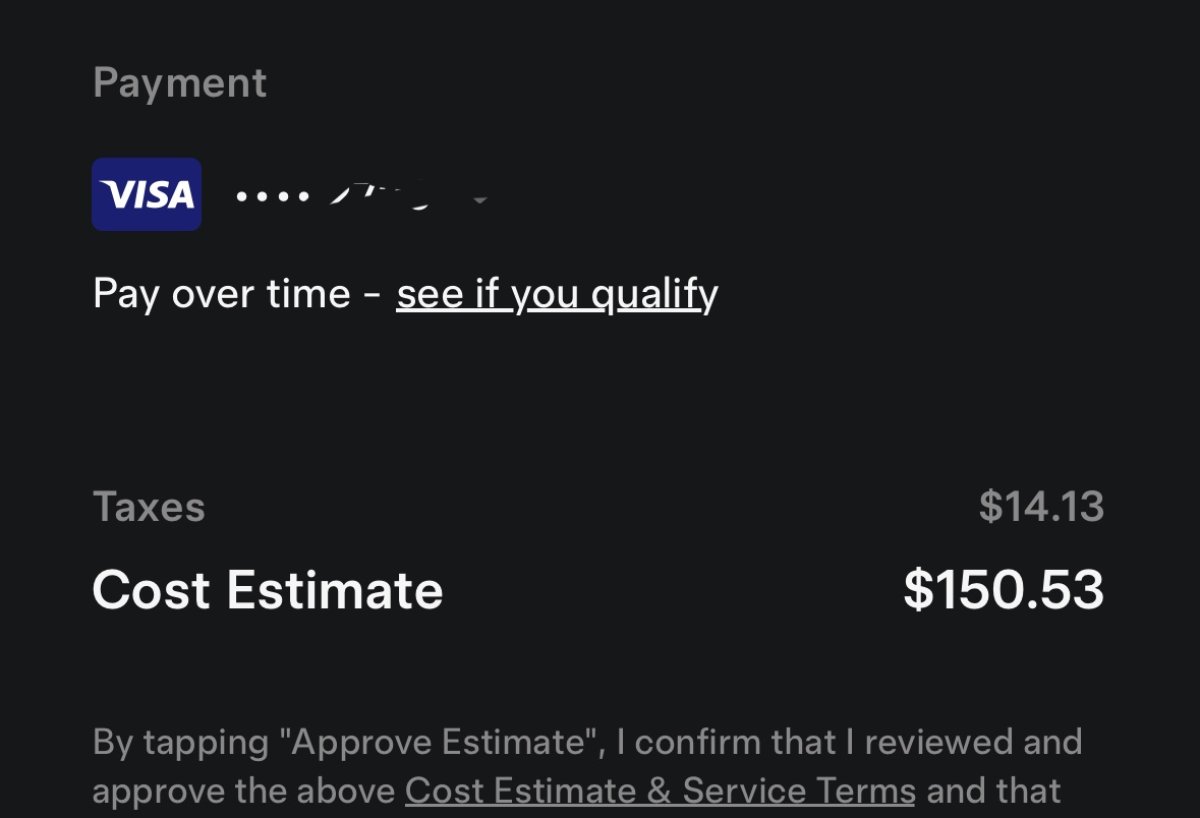
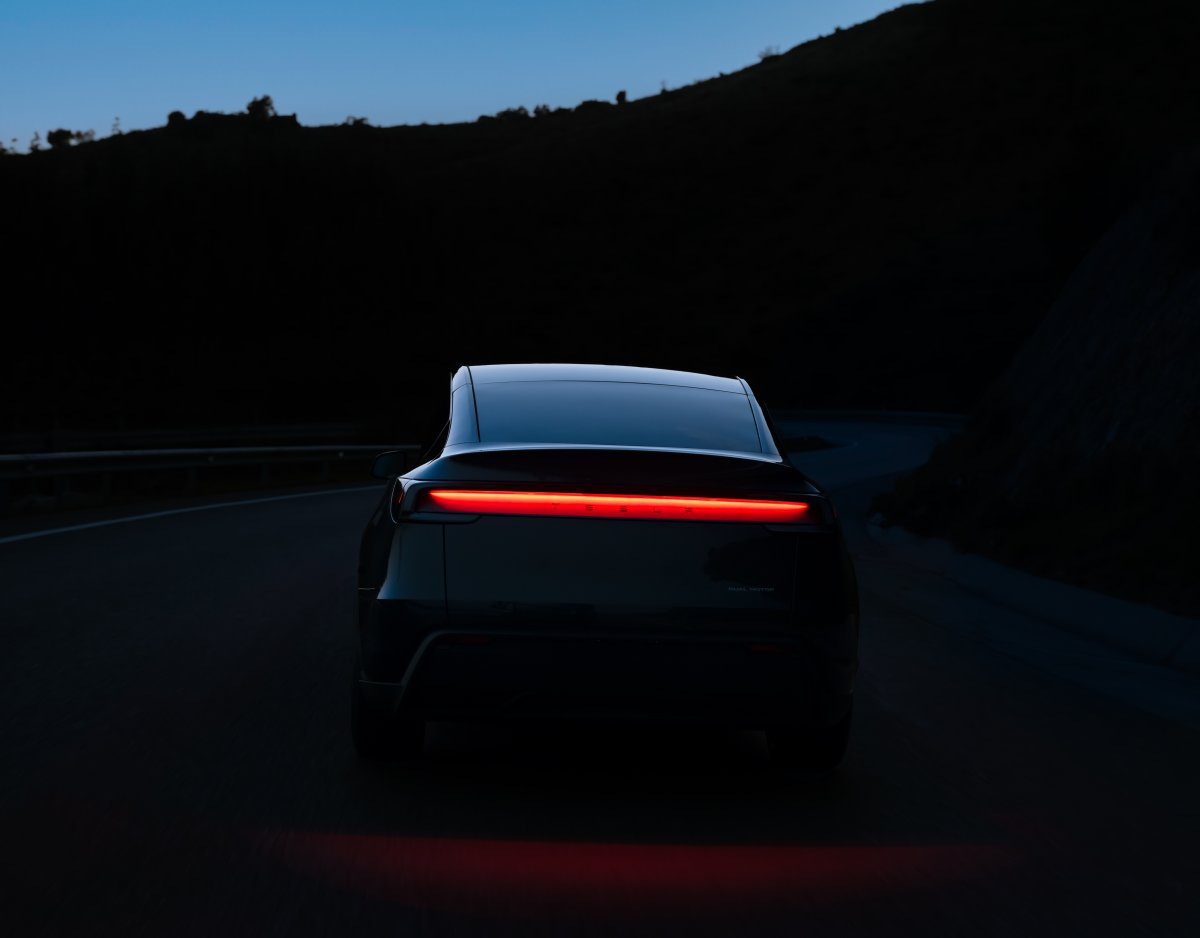


![Tesla Autonomously Delivers Its First Vehicle to Customer — And It’s More Impressive Than Expected [VIDEO]](https://www.notateslaapp.com/img/containers/article_images/model-y-2025/newmodely_77.jpg/382e0312c769d0bb2e1234f7ac556fad/newmodely_77.jpg)
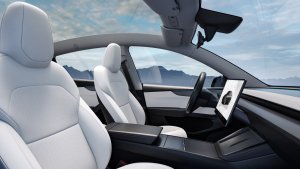
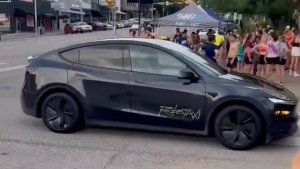
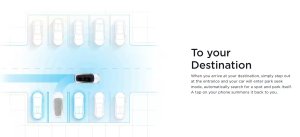
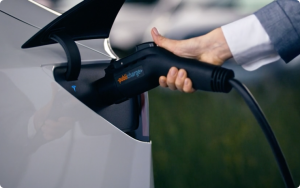
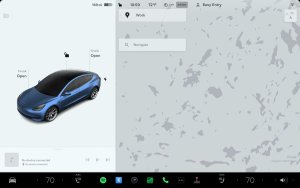
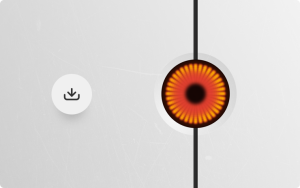
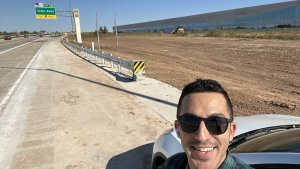
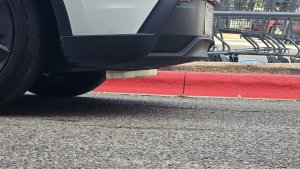

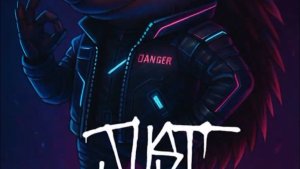
![First Recorded Tesla Robotaxi Intervention: UPS Truck Encounter [VIDEO]](https://www.notateslaapp.com/img/containers/article_images/2025/robotaxi_model_y.jpg/3036d8b53214c2d071c978c42911e451/robotaxi_model_y.jpg)
![First Look at Tesla's Robotaxi App and Its Features [PHOTOS]](https://www.notateslaapp.com/img/containers/article_images/tesla-app/robotaxi-app/robotaxi-app-tips.webp/e643a61975bf712d18dc9aa9a48fdb01/robotaxi-app-tips.jpg)
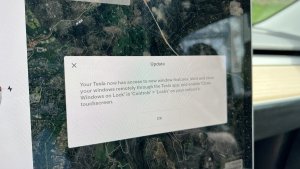
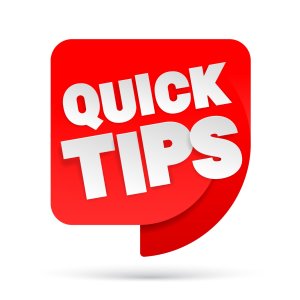
![Elon talks about Twitter and job cuts at Bloomberg forum [video]](https://www.notateslaapp.com/images/news/2022/elon-musk-qatar-forum_300w.jpg)
